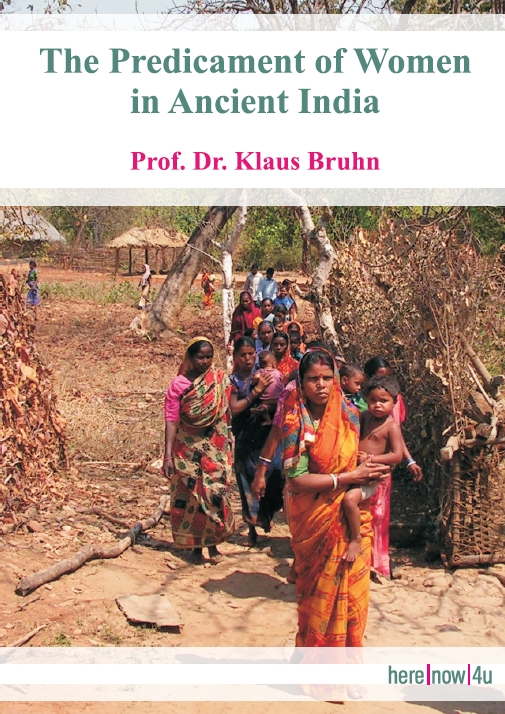We come across statements which convey the idea that the position of women was after all better than would appear at first sight. But such evidence is meagre and unconvincing in one way or another.
At the beginning of Chapter 3 of Manu OLIVELLE has isolated a section 'marriage' with several subsections, one being 'Honoring Women' (3.55-59). In the Indian ambiance this is a comfort, and not a matter of course. Verses 3.55-56 run as follows:
3.55. If they desire an abundance of good fortune, fathers, brothers, husbands and brothers-in-law should revere their women and provide them with adornments.
3.56. Where women are revered, there the gods rejoice; but where they are not, no rite bears any fruit.
See also MEYER We 370-371. -- ALTEKAR mentions moral instruction of the wife which includes granting relative independence (328-331). He mentions Manu 9.11. We quote also 9.10:
Manu 9.10. No man is able to thoroughly guard women by force; but by using the following strategies, he will be able to guard them thoroughly [guard: raksh-].
9.11. He should employ her [his wife] in the collection and the disbursement of his wealth, in cleaning, in meritorious activity [dharma], in cooking food, and in looking after household goods.
According to ALTEKAR female education had a high standard in the past (§ 2), but "literacy among women rapidly declined during the last two thousand years." (360). Actually we do not know much about 'female education' during the last two thousand years, and and even less about female education before the two millennia. A female philosopher (Gargi) is mentioned in an Upanishad but remains an exception. The fields of educated females were ritual and literature (listening to recitation, personal recitation), and useful technicalities (calendar, law). The script was in use since the third century B.C. (inscriptions of emperor Ashoka), but we do not know which persons could read and write. Probably even men were normally “illiterate”.
Killing of a woman is a crime, and there are several lists, mentioning women, children, cows (or women alone are mentioned) as beings who must not be killed (WINTERNITZ 19; MINORU HARA VI 42). Moreover, killing a Shudra woman is equated with sodomy with a cow. Killing a pregnant woman, a menstruating woman and an atreyi is a great crime. Atreyi is a technical term designating a woman who has taken her bath soon after her menstruation (Manu 11.88; OLIVELLE 341). Refer for protection of women in general to WINTERNITZ 17-19; MEYER We 364-366; KANE 575, 593-594; BROCKINGTON 175. A man achieves success (attains heaven) when he has sacrificed his life while defending Brahmans or cows, women or children (Manu 10.62). Rules for the protection of women are part of more general protection rules. privileges for women are part of a more general code of behaviour.
Privileges are numerous. Like ascetics and Brahmans, women are exempted from tolls on a ferry (Manu 8.407). One has to clear the road for expecting mothers (2.138). Expecting mothers shall be fed before (other) guests: Manu 3.114. The husband should not shave when his wife is pregnant (?): WINTERNITZ 18; MEYER We 367-368.
Further items. The speculations about the last period of the world (kaliyuga) include some evil omens for women. SYED mentions several passages which state inter alia that women will in number outgrow men and that beasts of prey will outgrow cows (To 168-169 ubi alia). VIRKUS informs us that in the kaliyuga women will select their husbands on the basis of the fortunes of the latter (35), and that there are many other anomalies. Ultimately, Vishnu in his tenth incarnation restores order (35).
We mention in this connection also fabulous reports on adultery in primeval times (JOLLY 48-49).
Gods (and epic heroes) commit various sexual acts, normal or anomalous: adultery, violation of the guru´s bed, niyoga, incest, polyandry. Gods are no paragons of virtue (DONIGER 166-183), and Dharma Shastras are only conceived for human beings.
 Prof. Dr. Klaus Bruhn
Prof. Dr. Klaus Bruhn
 Title Photo Background:
Title Photo Background: